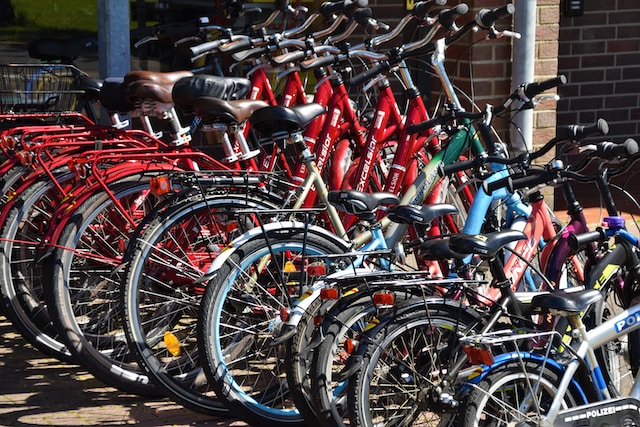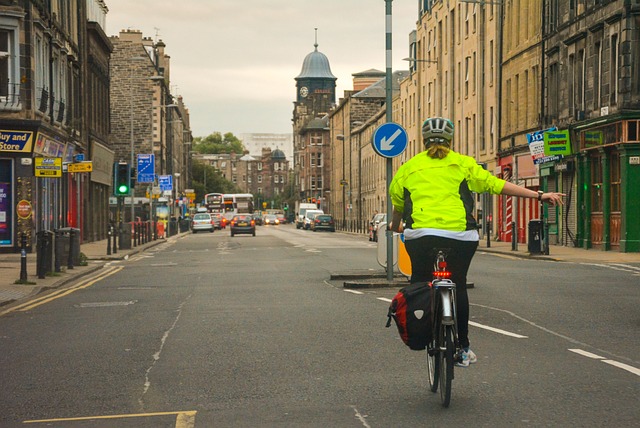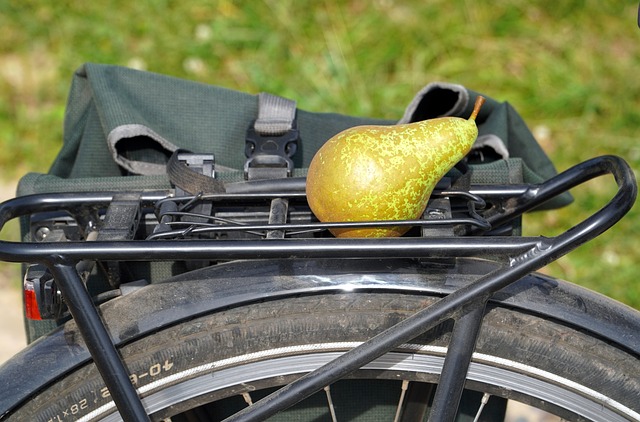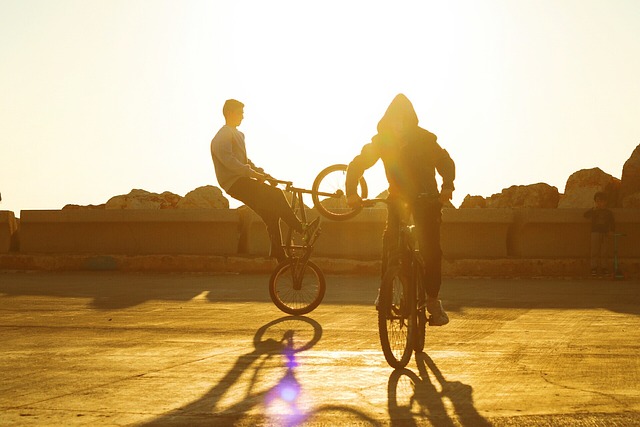Introduction
As a cyclist with years of experience, I understand the excitement and curiosity that comes with starting a new cycling journey. In this article, I’ll address some common questions that beginner cyclists often ask and provide informative answers to help you kickstart your cycling adventure confidently.
What Bike Should I Choose?
Choosing the right bike is crucial for a positive cycling experience. Consider factors such as your riding goals, terrain, and budget. Road bikes are great for speed and long distances, while mountain bikes handle off-road trails. Hybrid bikes offer versatility for various terrains. A bike shop can assist you in finding the best fit for your needs.
How Do I Find the Right Size Bike?
Finding the correct bike size ensures comfort and reduces the risk of injuries. Visit a local bike shop for a professional bike fit. They’ll consider your height, inseam length, and riding preferences to recommend the perfect size. Riding a properly sized bike improves your cycling efficiency and reduces strain on your body.

Do I Need Special Gear?
Basic cycling gear includes a well-fitted helmet, comfortable clothing, and closed-toe shoes. As you progress, consider padded shorts for longer rides, cycling gloves for grip and comfort, and sunglasses for eye protection. While specialized gear is not mandatory, it enhances your cycling experience and keeps you safe on the road.
What’s the Best Way to Improve My Cycling Endurance?
Endurance comes with consistent practice. Gradually increase your ride duration and distance each week. Focus on maintaining a steady pace, and include interval training to build stamina. Stay hydrated and fuel your body with nutritious snacks during rides. Building endurance takes time, so be patient and celebrate your progress.
How Can I Avoid Muscle Soreness After Cycling?
Muscle soreness is normal, especially for beginners. Warm up before rides and cool down afterward with gentle stretches. Stay hydrated and consider a post-ride recovery routine, such as foam rolling or a light massage. As your body adapts to cycling, soreness will lessen over time.
How Do I Ride Safely on the Road?
Safety is paramount while cycling on roads. Always wear a helmet and use hand signals to communicate your intentions to drivers. Obey traffic rules, stay visible with bright clothing or lights, and be cautious at intersections. Choose bike-friendly routes whenever possible, and avoid cycling during busy traffic hours.

Should I Join a Cycling Group?
Joining a cycling group can be beneficial for beginners. Groups offer support, motivation, and the opportunity to learn from experienced cyclists. It’s also a great way to explore new routes and make like-minded friends. Cycling with a group can boost your confidence and enhance your cycling skills.
How Do I Maintain My Bike?
Regular bike maintenance ensures smooth and safe rides. Keep your bike clean and lubricated, check tire pressure before each ride, and inspect brakes and gears regularly. If you’re unsure about maintenance, visit a bike shop for professional assistance. A well-maintained bike lasts longer and performs better.
How Can I Avoid Flat Tires?
Flat tires are common but can be minimized with proper care. Check tire pressure regularly and avoid riding over sharp objects. Carry a spare tube, tire levers, and a pump during rides for quick fixes. Learning to change a flat tire is a valuable skill that every cyclist should know.
What Should I Eat Before and After Rides?
Before rides, consume a balanced meal with carbohydrates for energy and a small amount of protein for muscle support. After rides, refuel with a mix of protein and carbohydrates to aid recovery. Hydration is also essential before, during, and after rides, especially in hot weather.

How Do I Handle Cycling in Different Weather Conditions?
Cycling in various weather conditions requires preparation. Dress in layers for cold weather, wear lightweight and breathable clothing in heat, and use waterproof gear in the rain. Stay hydrated and protect yourself from extreme temperatures. Pay attention to weather forecasts and adjust your cycling plans accordingly.
Should I Invest in Clipless Pedals and Cycling Shoes?
Clipless pedals and cycling shoes offer better power transfer and efficiency. While they may take some getting used to, they can significantly enhance your cycling experience. Consider them once you’re comfortable with basic cycling skills. Start with beginner-friendly models and practice clipping in and out before hitting the road.
How Do I Prevent Saddle Discomfort?
Saddle discomfort is common among beginners. Invest in a well-padded and supportive saddle. Wear padded shorts and gradually build up riding time to allow your body to adapt. Proper bike fit and saddle adjustment are also crucial in preventing discomfort. Experiment with saddle positions to find the most comfortable one for you.
Is It Necessary to Track My Rides?
Tracking your rides can be motivational and help monitor progress. Consider using cycling apps or GPS devices to record your distance, speed, and elevation. It’s a great way to set and achieve personal goals. Additionally, tracking your rides allows you to analyze your performance and identify areas for improvement.

What’s the Etiquette for Cycling on Shared Paths?
Be considerate and alert when cycling on shared paths. Yield to pedestrians, announce your presence when passing, and maintain a moderate speed. Keep to the right side and follow any specific rules posted. Respect other path users and be a courteous cyclist to foster a positive cycling community.
How Do I Prevent Chain Issues?
Proper chain maintenance is essential for smooth gear changes and a longer chain life. Keep the chain clean and lubricated regularly. Avoid cross-chaining (using extreme gear combinations) to prevent excessive wear. Regularly inspect your chain for signs of wear, and replace it if necessary.
How Can I Get Over Hills and Inclines?
Hills can be challenging, but with practice, you’ll conquer them. Shift to lower gears before ascending, maintain a steady pace, and use proper breathing techniques. Focus on a comfortable cadence and celebrate your progress. Climbing hills builds strength and adds variety to your cycling routes.
How Do I Stay Hydrated During Rides?
Hydration is critical for cycling. Carry a water bottle and drink small sips regularly, especially during hot weather or long rides. Plan routes with water refill stations or carry a hydration pack for extra capacity. Proper hydration improves your cycling performance and helps prevent heat-related issues.

Should I Carry Tools and Spare Parts?
Carry basic tools and spare parts, especially during longer rides. A multi-tool, spare inner tube, tire levers, and a pump can save you from being stranded in case of minor issues. Learn how to use these tools properly, and consider carrying a small first-aid kit as well.
How Can I Overcome Fear of Cycling on Busy Roads?
Fear of cycling on busy roads is normal but can be overcome. Start on quieter routes and gradually build confidence. Practice defensive cycling, be visible with bright clothing or lights, and consider taking a cycling safety course. Cycling on busier roads becomes more manageable as your skills and confidence grow.
Is It Safe to Listen to Music While Cycling?
Listening to music while cycling can be enjoyable, but it can also distract you from your surroundings. If you choose to listen to music, keep the volume low and use only one earbud to remain aware of your environment. Safety should always be a priority, so consider leaving the headphones at home during rides.
How Can I Improve My Bike Handling Skills?
Practice is key to improving bike handling skills. Find an empty parking lot to practice turns, braking, and riding in a straight line. Practice maneuvering around obstacles to enhance your control. As you gain confidence, try more challenging maneuvers and techniques.

How Do I Deal With Muscle Cramps During Rides?
Muscle cramps can occur due to dehydration or lack of proper nutrition. Stay hydrated, especially in hot weather, and ensure you’re consuming enough electrolytes. Stretch and massage cramped muscles if they occur. Proper hydration and nutrition reduce the risk of cramps during rides.
Conclusion
Embarking on a cycling journey as a beginner can be both exciting and daunting. By addressing common questions and providing informative answers, I hope this article has equipped you with the knowledge and confidence to start your cycling adventure on the right pedal. Embrace the joy of cycling, be open to learning, and remember to enjoy every moment of the ride!

